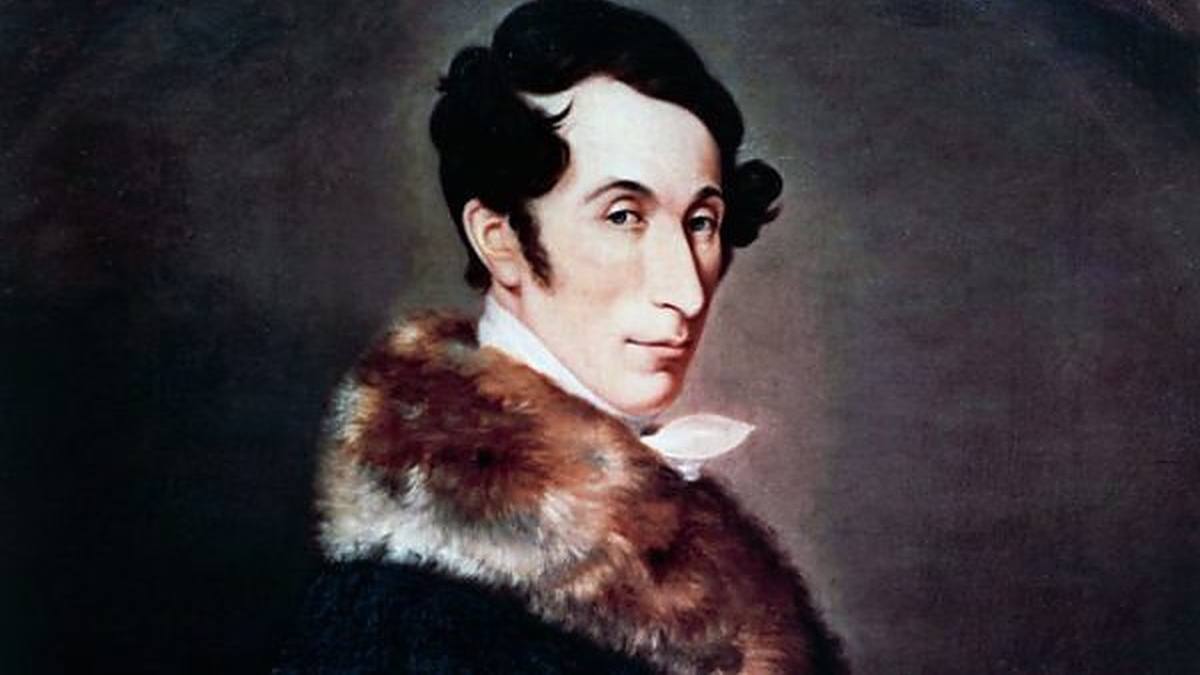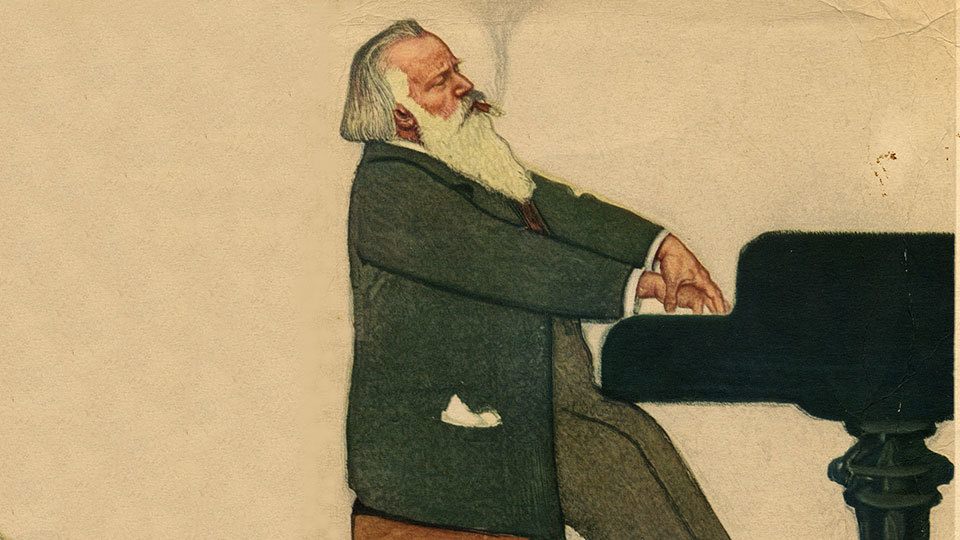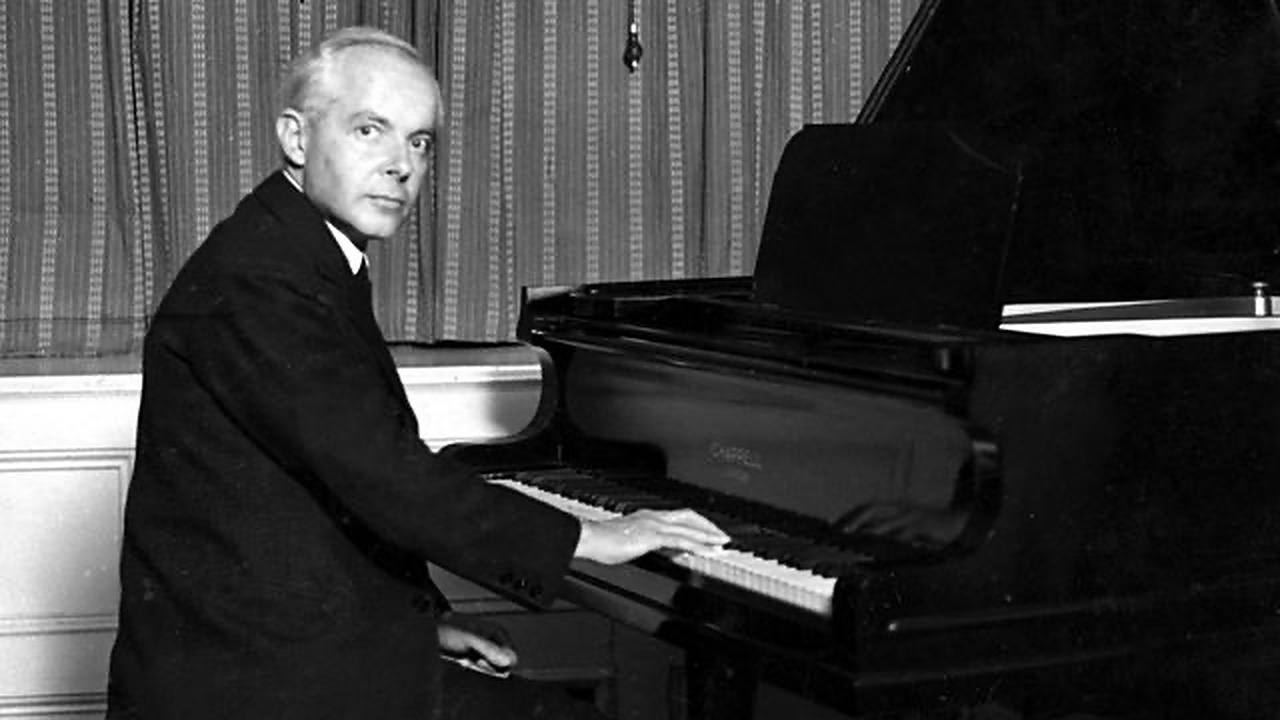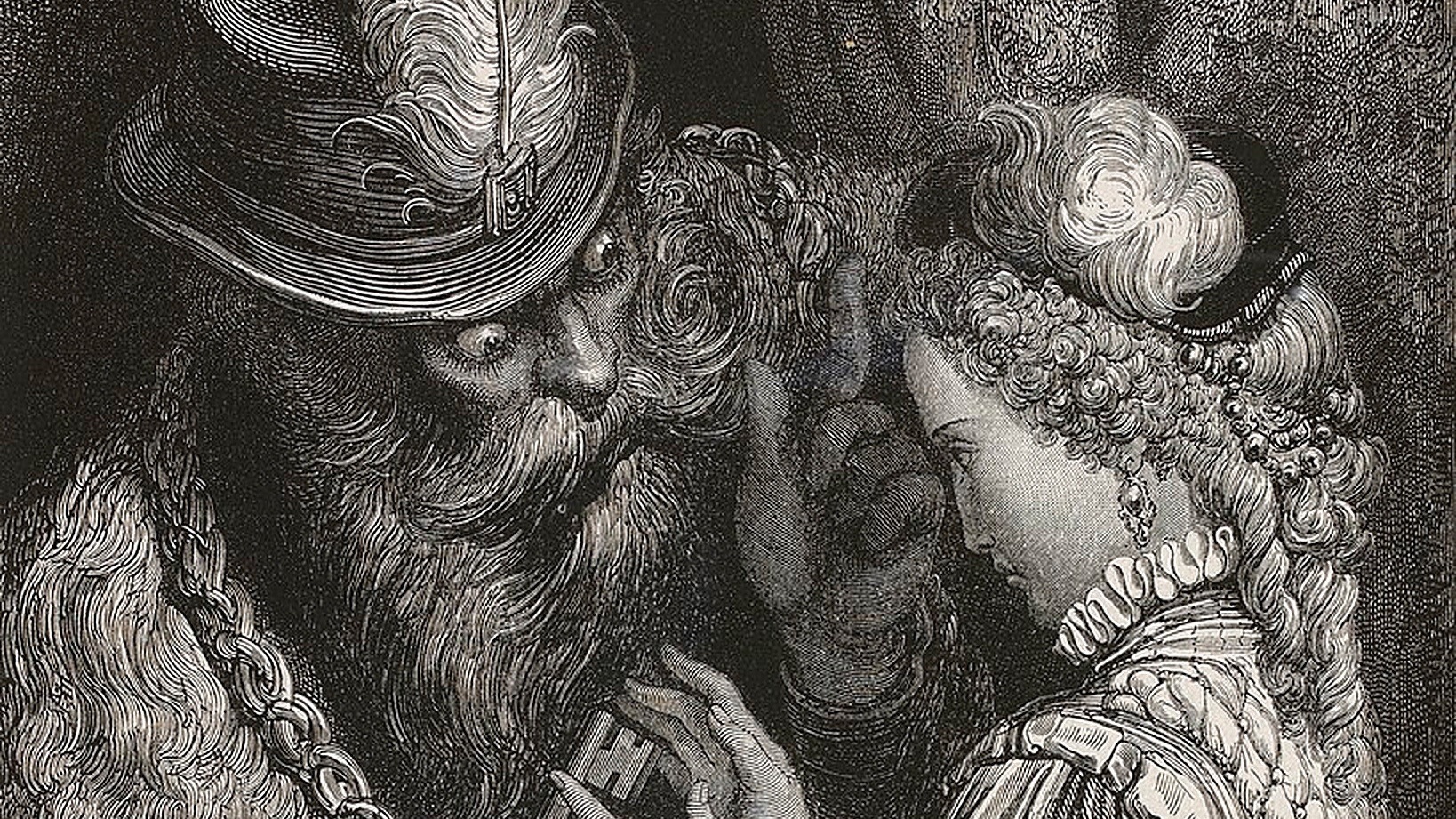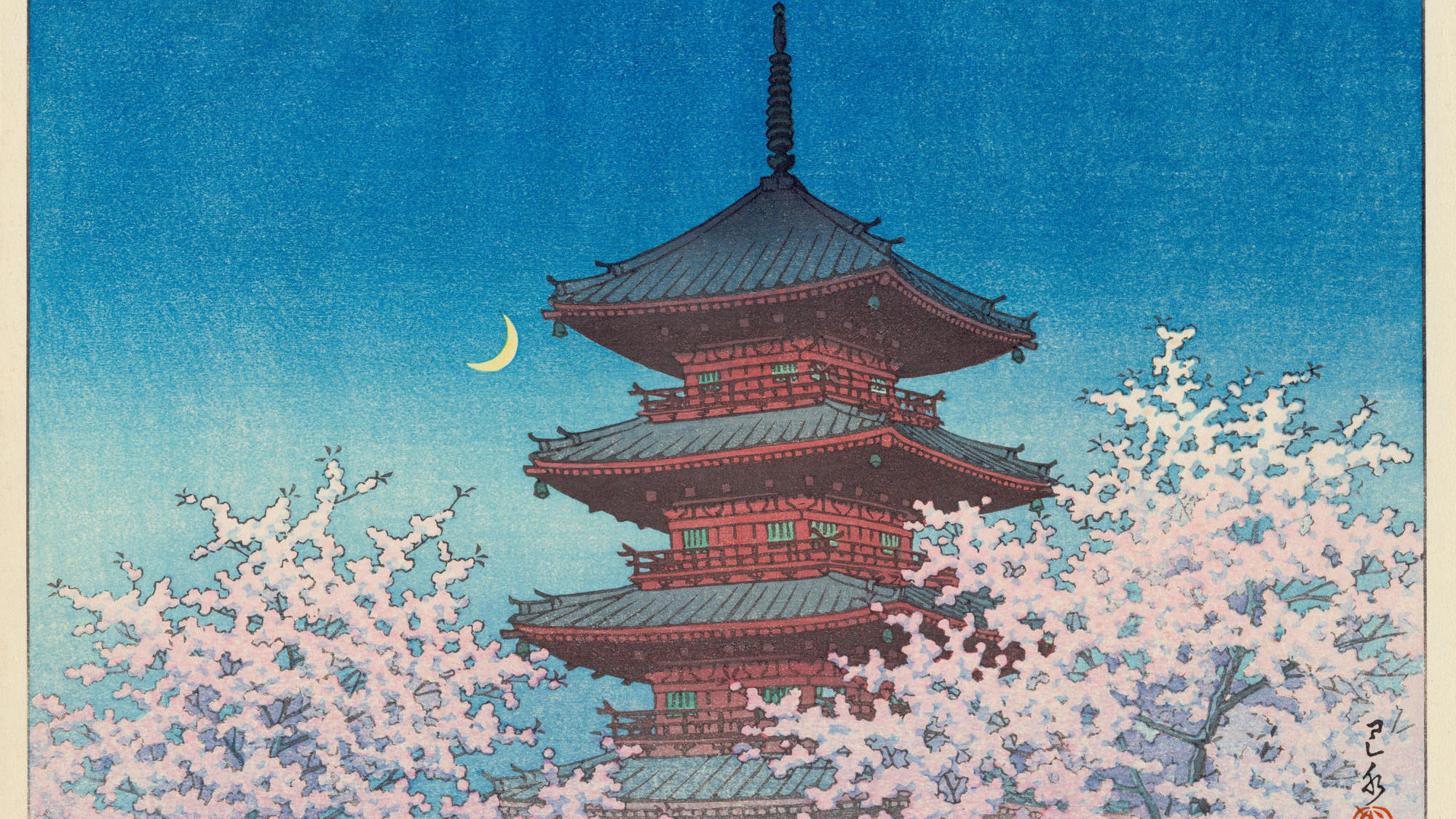Martinů’s “La Revue de Cuisine”: A Zany, Jazz Age Ballet Suite
The Czech composer, Bohuslav Martinů (1890-1959), was living in Paris when, in 1927, he composed the score for the zany ballet in one act, La Revue de Cuisine (“The Kitchen Review”). The plot of the ballet centers around the romantic entanglements of a menagerie of kitchen utensils which have come to life. The happy marriage of the Pot and the Lid is threatened by the seductive Twirling Stick. While the Pot is …


